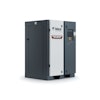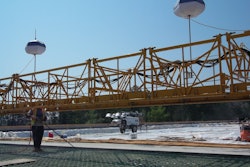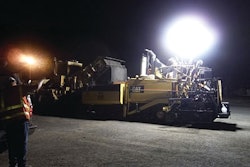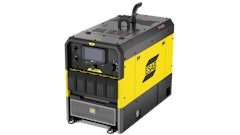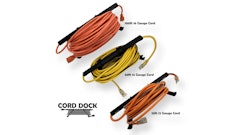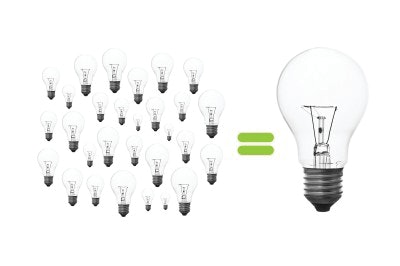
For most of us, all of our lives we have associated watts with the brightness of a light source. After all, when we change a light bulb at home, we choose a 100 watt bulb if we want more light than we can get from a 60 watt bulb, don't we? That is because the luminous efficiency (efficacy) of both bulbs is similar. Efficacy is another way of saying "lumens per watt." Since a typical household incandescent lamp produces about 12 to 17 lumens per watt, using a higher wattage lamp will produce more lumens (in other words, more light) than its lower wattage cousin.
However, light output is measured in lumens and not watts. Realizing that a watt is a measure of power consumption and not of light output helps us to understand the differences in efficiency of various types of light sources. For example, only a small portion of the watts consumed by an incandescent lamp produces light. Most of the power is inefficiently wasted as heat. That is how the toy EZ Bake Oven that was around when we (or our parents) were children could use the heat from a common 100-watt light bulb to bake brownies.
But not all light is created equal. Newer light sources are more efficient, producing more lumens per watt (lm/W) and less heat. Compact Florescent Lights (the "curly-que" CFL lamps that are gradually replacing incandescent bulbs in our homes) can produce anywhere from 45 to 75 lumens per watt. These lamps require less power per lumen, and as a result, produce the same amount of light as a typical incandescent while creating less heat and consuming fewer watts. They are not good for baking brownies, however.
Moving up the scale from our living rooms to our outdoor worksites, today's diesel generator-powered portable light tower trailers typically use metal halide lamps that have an even greater efficacy of 110 to 120 lm/W. Since the goal is to illuminate the greatest possible area, and to create enough light to safely and efficiently perform the work at hand, most light towers use four 1000 watt metal halide lamps producing 110,000 lumens each (110 lm/W), or even four 1250 watt lamps at 150,000 lumens each (120 lm/W), to accomplish this task. In comparison, it would take over 350 hundred-watt incandescent light bulbs (consuming over 35,000 watts!) to equal the 600,000 lumens produced by one light tower with four 1250-watt metal halide lamps.
What does all this mean? Before you buy or rent your next light tower, ask what the lumen output of the lamps is. Remember, watts are a measure of power consumption, not of light output. A higher ratio of lumens per watt means that fewer light towers are required to illuminate the area, resulting in reduced rental, fuel and maintenance costs. Bottom line, you use a light tower because you need light. Make sure you're asking the right questions to get the light tower and lighting production you need.
Doug Dahlgren is director of marketing with Allmand Bros, Inc.



